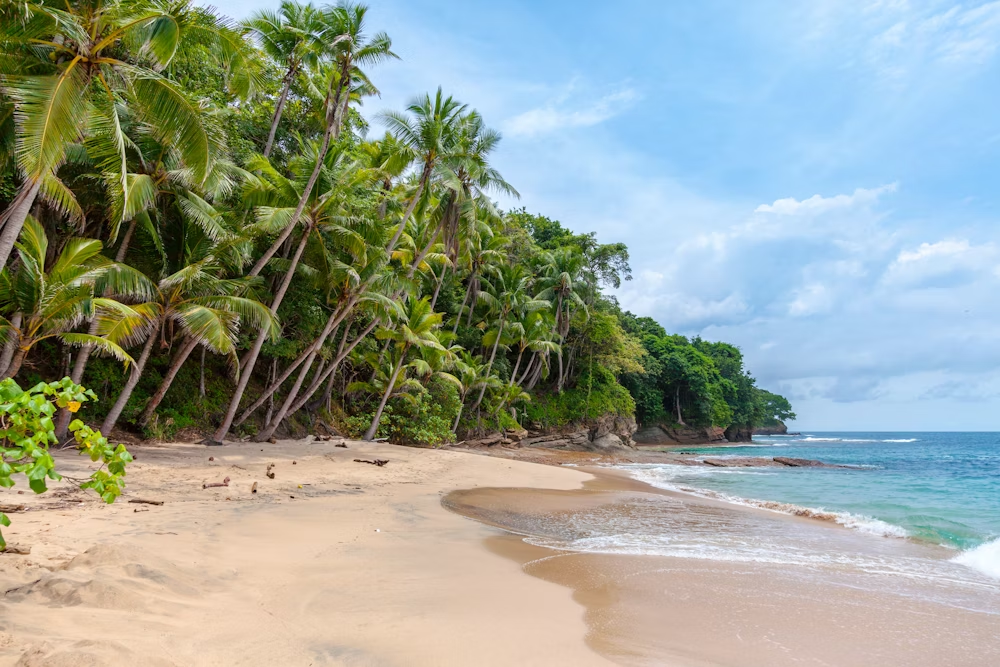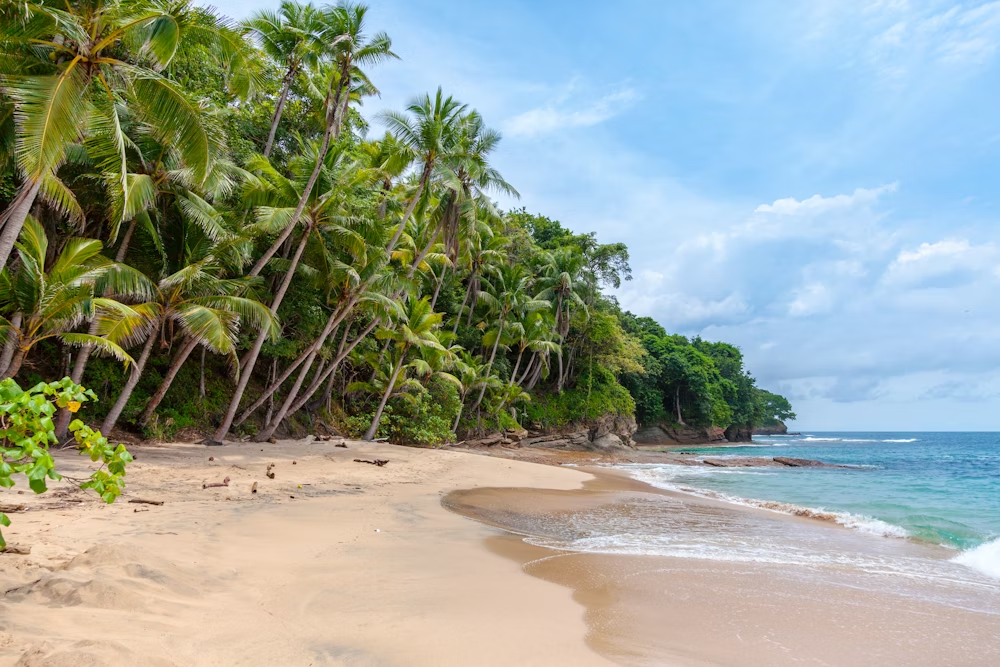
Thailand is a year-round destination with varying climates across its different regions. Understanding Thailand's seasons is essential for planning the perfect trip, whether you're visiting to meet Thai singles, explore cultural sites, or relax on pristine beaches. This comprehensive guide breaks down the best times to visit based on weather patterns, regional variations, and special events.
Understanding Thailand's Seasons
Unlike the four distinct seasons experienced in many Western countries, Thailand generally has three main seasons:
- Cool Season (November to February)
- Hot Season (March to May)
- Rainy Season (June to October)
However, these patterns can vary significantly depending on which region of Thailand you plan to visit.
Regional Climate Variations
Central Thailand & Bangkok
The central plains, including Bangkok, experience all three seasons distinctly:
- Cool Season (November-February): The most pleasant time with temperatures averaging 75-85°F (24-29°C) and low humidity. Ideal for sightseeing and city exploration.
- Hot Season (March-May): Temperatures can soar to 95-105°F (35-40°C) with high humidity. Bangkok can feel particularly oppressive during this period.
- Rainy Season (June-October): Expect brief but intense daily downpours, usually in the afternoon. Temperatures range from 80-90°F (27-32°C) with high humidity.
Northern Thailand (Chiang Mai, Chiang Rai)
The mountainous north has the most distinct seasons in Thailand:
- Cool Season (November-February): Genuinely cool weather with temperatures dropping to 59-77°F (15-25°C). Nights can be chilly in mountainous areas, sometimes requiring a light jacket. This is peak tourist season for the north.
- Hot Season (March-May): Hot and dry with temperatures reaching 95°F (35°C). March and April often see agricultural burning, which can cause poor air quality.
- Rainy Season (June-October): Lush green landscapes with moderate temperatures around 77-86°F (25-30°C). Some rural roads may become difficult to navigate during heavy rains.
Southern Thailand (Phuket, Krabi, Koh Samui)
The southern peninsula has a more complex climate pattern with different rainy seasons on each coast:
Andaman Coast (West Coast: Phuket, Krabi, Phi Phi)
- Dry Season (November-April): Clear skies, calm seas, and temperatures around 84-91°F (29-33°C). Ideal for beach activities and island hopping.
- Rainy Season (May-October): Heavy rainfall, especially September-October. Some island destinations may close during this period.
Gulf Coast (East Coast: Koh Samui, Koh Phangan, Koh Tao)
- Dry Season (January-August): With a different pattern from the west coast, these islands experience their best weather when the Andaman coast is rainy.
- Rainy Season (September-December): Heaviest rainfall in November, though tropical downpours can occur year-round.
Best Time to Visit by Activity
Beach Holidays
Plan your beach destination based on the different rainfall patterns:
- Andaman Sea beaches (Phuket, Krabi): November to April
- Gulf of Thailand beaches (Koh Samui): January to August
Pro tip: If you're visiting during May-October, choose Gulf Coast destinations for better weather conditions.
Cultural Exploration
The cool season (November to February) is ideal for exploring temples, ancient cities, and cultural sites, especially in the central and northern regions. You'll enjoy comfortable temperatures while exploring outdoor attractions like Ayutthaya, Sukhothai, or the many temples of Chiang Mai.
Wildlife and Nature
For national parks and wildlife viewing:
- The end of the rainy season (October-November) offers lush landscapes and active wildlife
- For hiking, the cool season (November-February) provides the most comfortable conditions
Dating and Social Activities
If you're visiting Thailand to meet people and enjoy social activities:
- The cool season offers the most comfortable weather for outdoor dates and activities
- Major cities like Bangkok have excellent indoor venues year-round, making them less weather-dependent
- Beach destinations are ideal during their respective dry seasons for romantic beach walks and outdoor dining
Traveling During Thailand's Major Festivals
Thailand's festivals offer unique cultural experiences but can affect your travel plans:
Songkran (Thai New Year)
The famous water festival occurs April 13-15 during the hottest time of year. It's a fun but crowded time to visit, with water fights in the streets and businesses often closed for several days. Book accommodations well in advance.
Loy Krathong & Yi Peng
These beautiful lantern festivals usually fall in November (date varies by lunar calendar). Northern cities like Chiang Mai are particularly magical during this time, with thousands of lanterns released into the night sky.
Chinese New Year
Celebrated in January or February (date varies), this is a significant festival in areas with large Chinese populations like Bangkok's Chinatown and Phuket Town.
Travel at the Best Time
Looking to meet genuine Thai singles during your visit? Our premium membership helps you connect with compatible matches in Thailand before you travel, allowing you to plan your trip during the optimal season for your preferred activities.
Budget Considerations and Seasonal Pricing
Your travel budget can go further during certain seasons:
- Peak Season (November-February): The highest prices for accommodations, especially during December-January. Book well in advance.
- Shoulder Seasons (October and March): Good weather with lower prices and fewer tourists.
- Low Season (April-September): The best deals, with hotel rates sometimes 30-50% lower than peak season.
Travel Tips for Each Season
Cool Season Tips
- Book accommodations well in advance, especially for December-January
- Pack a light jacket or sweater if visiting northern regions
- Expect larger crowds at major attractions
Hot Season Tips
- Plan indoor activities during the hottest part of the day (11am-3pm)
- Stay well-hydrated and use sun protection
- Choose accommodations with reliable air conditioning
- Consider early morning or evening activities to avoid the heat
Rainy Season Tips
- Pack a lightweight raincoat or umbrella
- Be flexible with outdoor activities
- Plan for indoor alternatives during typical afternoon downpours
- Enjoy the lush landscapes and fewer tourists
- Consider travel insurance for possible weather-related disruptions
Conclusion
The best time to visit Thailand depends on your destination preferences, planned activities, and tolerance for heat or rain. For most visitors, the cool season (November-February) offers the most comfortable weather nationwide, though it comes with higher prices and larger crowds.
If you're flexible and want to save money, consider the shoulder seasons (October and March) when the weather is still quite good but tourist numbers are lower. The rainy season can also offer unique experiences with lush greenery, fewer tourists, and significantly lower prices.
Remember that Thailand's regional climate variations mean you can often find good weather somewhere in the country year-round. With proper planning based on this guide, you can enjoy Thailand's incredible culture, cuisine, and beaches in any season.
For more information on traveling to Thailand, check out our guides to flights to Thailand and Thailand's most beautiful beaches.

